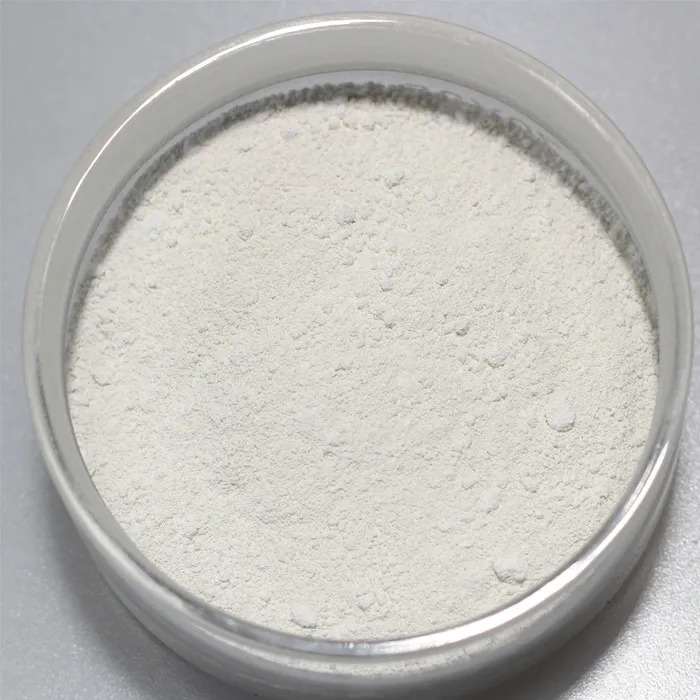The Role of Polyacrylamide in Water Treatment
Water is a precious resource that supports life, and its quality is crucial for health, agriculture, and industry. In recent years, the increasing demand for clean water has led to the development and application of various treatment methods, one of which is the use of polyacrylamide (PAM). This synthetic polymer has gained significant attention in the field of water treatment due to its effectiveness in flocculation, sedimentation, and increased water retention.
The Role of Polyacrylamide in Water Treatment
One of the primary applications of PAM in water treatment is in municipal wastewater treatment plants. Wastewater often contains a high concentration of suspended solids, oils, and organic matter, making it challenging to treat. By adding polyacrylamide to the wastewater, operators can enhance the flocculation process, leading to faster sedimentation of solid particles. This not only improves the clarity of the treated water but also reduces the overall volume of sludge produced, contributing to more efficient disposal and reduced operational costs.
polyacrylamide water treatment

In addition to municipal wastewater treatment, polyacrylamide is widely used in industrial applications. Industries such as mining, paper manufacturing, and food processing generate substantial amounts of wastewater laden with fine particles and contaminants. The introduction of PAM aids in the clarification process, enabling industries to meet regulatory standards for effluent discharge and improve water recycling efforts. Moreover, the versatile nature of polyacrylamide allows it to be tailored to specific industrial needs, enabling effective treatment across various sectors.
Beyond flocculation, polyacrylamide also plays a crucial role in soil stabilization and erosion control. In agricultural contexts, PAM can enhance water retention in soil, which is especially beneficial in arid regions. By improving soil structure and reducing runoff, PAM helps conserve precious water resources and boosts crop yields. This application highlights the environmental benefits of using polyacrylamide, aligning with sustainable practices aimed at water conservation and responsible resource management.
Despite its many advantages, the use of polyacrylamide in water treatment is not without concerns. The potential for residual acrylamide—an unpolymerized form of the compound known to be potentially harmful—remains a topic of study. Regulatory agencies monitor the application levels of PAM to ensure that they remain within safe limits, thus protecting both human health and the environment. Research continues to focus on developing safer formulations and exploring biodegradable alternatives to mitigate these concerns.
In conclusion, polyacrylamide is a valuable tool in the field of water treatment, offering significant benefits in wastewater management, industrial processes, and agricultural applications. Its ability to enhance flocculation and improve water retention makes it an indispensable resource in achieving clean water goals. As the global community continues to grapple with water scarcity and pollution, the responsible application of polyacrylamide, along with ongoing research for safer alternatives, will play a critical role in ensuring sustainable water practices for future generations.

